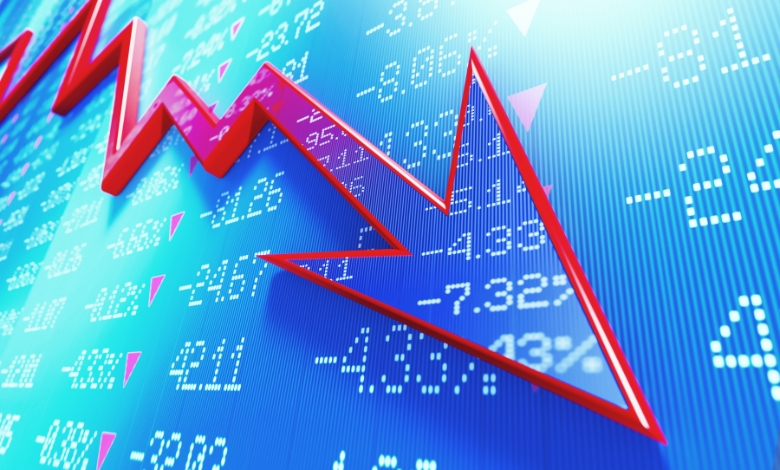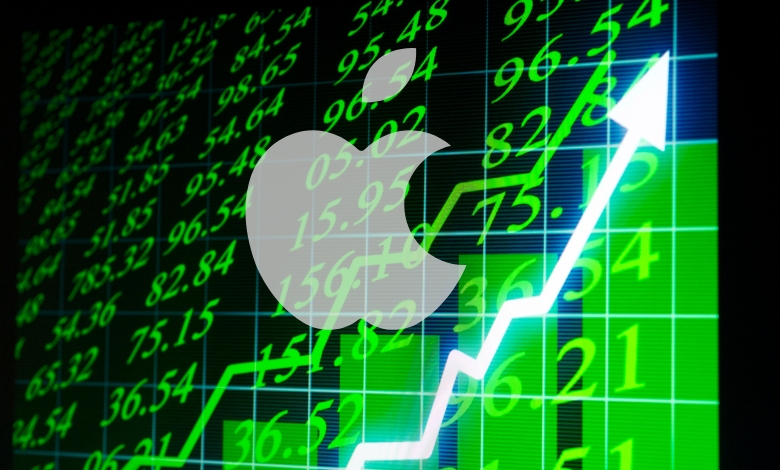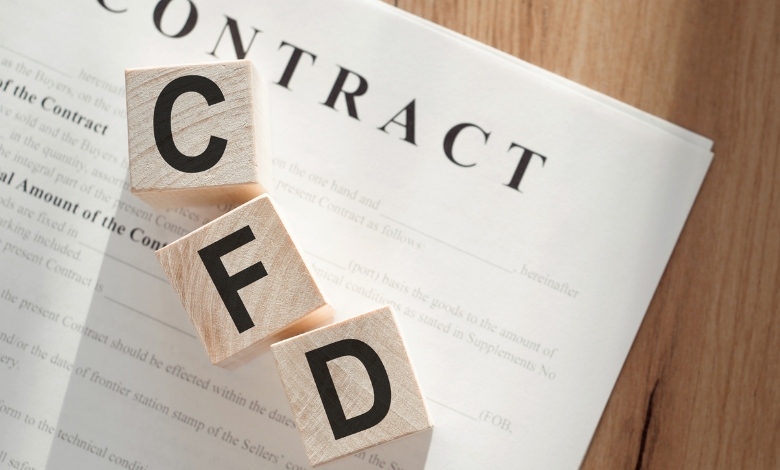Learn what type of volatility Apple stock have for presentation and learn how it impacts your investment strategy. Make informed decisions today.
Investing in stocks can be tricky, especially when it comes to volatility. For some people, it’s an opportunity to make money, but for others, it’s a risk they’d rather avoid. If you’re thinking about buying Apple stock (AAPL), you might be wondering, “How volatile is Apple stock, and what does that mean for my investment strategy?”
I remember when I first started learning about stock volatility. I’d just graduated from college, excited to dive into finance, and Apple stock was one of the first big investments I made. Like most beginners, I didn’t really understand what volatility meant or how to use it. Now, after years of experience, I’ve learned that volatility isn’t something to fear—it’s actually a valuable tool for any investor.
Whether you’re exploring established stocks like Apple or seeking investment opportunities for startups, understanding volatility can give you an edge. So, let’s dive into what makes Apple stock tick when it comes to volatility and how you can use that knowledge to make better investment decisions.
Article Breakdown
What is Stock Volatility?

Before diving into Apple’s specific volatility metrics, let’s set the stage by understanding what we mean by stock volatility. In simple terms, volatility refers to the degree of variation in a stock’s price over time. High volatility means the stock price swings up and down more dramatically, while low volatility suggests the stock’s price moves in smaller, more predictable increments.
Think of volatility like a rollercoaster ride. A volatile stock is one where the ride goes up and down quickly and steeply—offering big thrills but also some nerve-wracking drops. A less volatile stock, on the other hand, is like a smooth, steady train ride—relaxed, predictable, but perhaps less exciting.
In the case of Apple, one of the biggest players in the tech sector, the rollercoaster metaphor feels particularly apt. Apple’s stock is known to experience rapid fluctuations, especially during earnings season or following new product launches. But what type of volatility does it actually have?
Apple’s Volatility in 2024: A Snapshot
As of December 2024, Apple’s 30-day historical volatility is 0.1176, which suggests that its price has been experiencing moderate fluctuations in the short term. This might seem like a lot or not much depending on your perspective, but let’s break it down:
- Historical volatility measures how much the stock price has varied based on its past closing prices. For Apple, a 30-day historical volatility of 0.1176 suggests that over the last month, Apple’s stock price has been moving with moderate unpredictability.
- For comparison, let’s take a look at implied volatility (the market’s expectation for future price fluctuations based on options pricing). The implied volatility for Apple options (both calls and puts) averages around 0.1691. This is a higher value, indicating that investors expect more movement in the stock’s price in the coming months, especially considering the unpredictable nature of the tech market.
But volatility isn’t just a number; it’s a story. Every spike, every dip, is tied to a larger narrative about what’s happening in the market. So, let’s break this down further.
Types of Volatility: Historical, Implied, and More
There are different ways to look at volatility, and each one tells a different part of the story. Here’s a closer look at the most relevant types of volatility when it comes to Apple:
Historical Volatility (Realized Volatility)
This one is all about what has already happened. Historical volatility measures how much Apple’s stock price has fluctuated over a specific period in the past, such as 30 days or 90 days. Investors use this to understand the level of risk the stock has shown in the past and predict potential future risks.
For Apple, this volatility can spike dramatically during earnings reports, product announcements, or broader tech market shifts. For example, when Apple launched its new iPhone model, historical volatility often spiked, reflecting the market’s excitement and anticipation.
Implied Volatility
Implied volatility is what the market expects to happen. It’s derived from the pricing of Apple’s options contracts, which gives a sense of how investors expect the stock to move in the future. Higher implied volatility means the market anticipates bigger price moves—this is often seen around earnings seasons or when there’s a major product launch.
In 2024, Apple’s implied volatility for options has been averaging at around 16.91%, reflecting market expectations of price swings.
Realized vs. Implied: The Battle of Expectations
One interesting thing to note is how implied and historical volatility can differ. For instance, during periods when Apple’s stock price is relatively calm (like after the initial shock of a product launch wears off), implied volatility might stay high, signaling that traders expect volatility to increase. However, actual (realized) volatility might be low if the stock price doesn’t fluctuate as much as anticipated.
Why Does Apple Stock Experience Volatility?
You might be wondering: Why is Apple so volatile? After all, it’s one of the most valuable companies in the world, right?
Well, there are a few key factors that contribute to Apple’s price swings:
- Product Cycles: Apple’s stock experiences heavy fluctuations around new product releases. When Apple unveils a new iPhone, for instance, the stock price often spikes, driven by consumer excitement and speculation about sales. However, if the product release doesn’t meet market expectations, volatility can shoot up as investors adjust their forecasts.
- Market Conditions: As a tech giant, Apple is closely tied to broader market trends. For example, during periods of market uncertainty (such as a recession or a tech sector selloff), Apple’s stock often experiences more volatility as investors react to changing market conditions.
- Earnings Reports: Apple’s quarterly earnings reports are crucial. If Apple beats expectations, the stock often rallies. If it misses, the price can drop. These earnings releases can send the stock on a wild ride, especially if they involve big changes in revenue or product margins.
- Global Events: Apple operates on a global scale, so geopolitical tensions, trade wars, and international economic shifts all play a role in its volatility. For instance, trade tensions between the U.S. and China in recent years have created uncertainty around Apple’s supply chain, impacting its stock price.
Apple’s Volatility vs. Other Tech Stocks
To better understand Apple’s volatility, let’s compare it to its peers. Microsoft, another titan in the tech world, often experiences similar volatility but with some key differences. For example, Microsoft’s stock may be less volatile during earnings periods due to its diverse product base, which includes enterprise software like Office 365.
On the other hand, Alphabet (Google) tends to show volatility in line with its advertising revenues, which can be heavily affected by macroeconomic conditions. But Apple, with its high-profile product launches and consumer-facing services, tends to experience more dramatic short-term fluctuations.
In comparison, Apple’s volatility is somewhat moderate when looking at long-term trends. However, during certain events like product releases or earnings season, its volatility spikes significantly.
Leveraging Volatility in Your Investment Strategy
Understanding Apple’s volatility isn’t just for the finance nerds—it’s essential for anyone making decisions about investing in Apple stock. Here are a few ways you can leverage this volatility:
- For Risk-Tolerant Investors: If you’re comfortable with short-term price swings, volatility can present opportunities. By buying when Apple’s stock is low after a dip and selling after a rally, you can make significant gains. But remember, this requires a keen understanding of the broader market trends.
- For Conservative Investors: If you prefer more stability, volatility can be intimidating. But understanding when Apple’s stock is likely to be less volatile (for example, during periods of strong product adoption or steady growth) can help you make more informed, long-term investment decisions.
- Options Trading: If you’re into options trading, volatility is your best friend. Higher volatility means higher premiums on options, which gives you the potential to profit from both price movements and time decay.
How to Visualize Apple’s Volatility in Your Presentation
When it comes time to present Apple’s stock volatility, here are a few ways to make the data visually engaging:
- Volatility Charts: Use historical volatility charts that show price fluctuations over time. Make sure to highlight periods of heightened volatility, such as earnings season or product launches.
- Implied vs. Historical Volatility: Create a side-by-side comparison to show how implied volatility has differed from realized volatility over time. This can be a powerful way to visualize the market’s expectations versus the reality of price movements.
- Comparative Analysis: Use bar graphs or scatter plots to compare Apple’s volatility with its competitors, giving your audience a clear picture of how Apple stands in the broader tech sector.
Key Takings
- Stock market volatility can be intimidating, but it’s a normal part of investing—Apple’s stock is no exception.
- By learning why volatility happens, what types exist, and how it affects Apple’s stock, you can make smarter decisions about your investments.
- Whether you’re a pro or just starting out, understanding volatility in Apple’s stock can help you handle the market’s surprises and make the most of your trading journey.
Useful Resources:
- Barchart Analysis of Apple Stock: Check out Barchart for in-depth analysis and opinions on Apple’s stock.
- Apple Seasonal Performance Insights by IG International: Read IG’s take on Apple’s seasonal performance trends and where the stock might head next.



